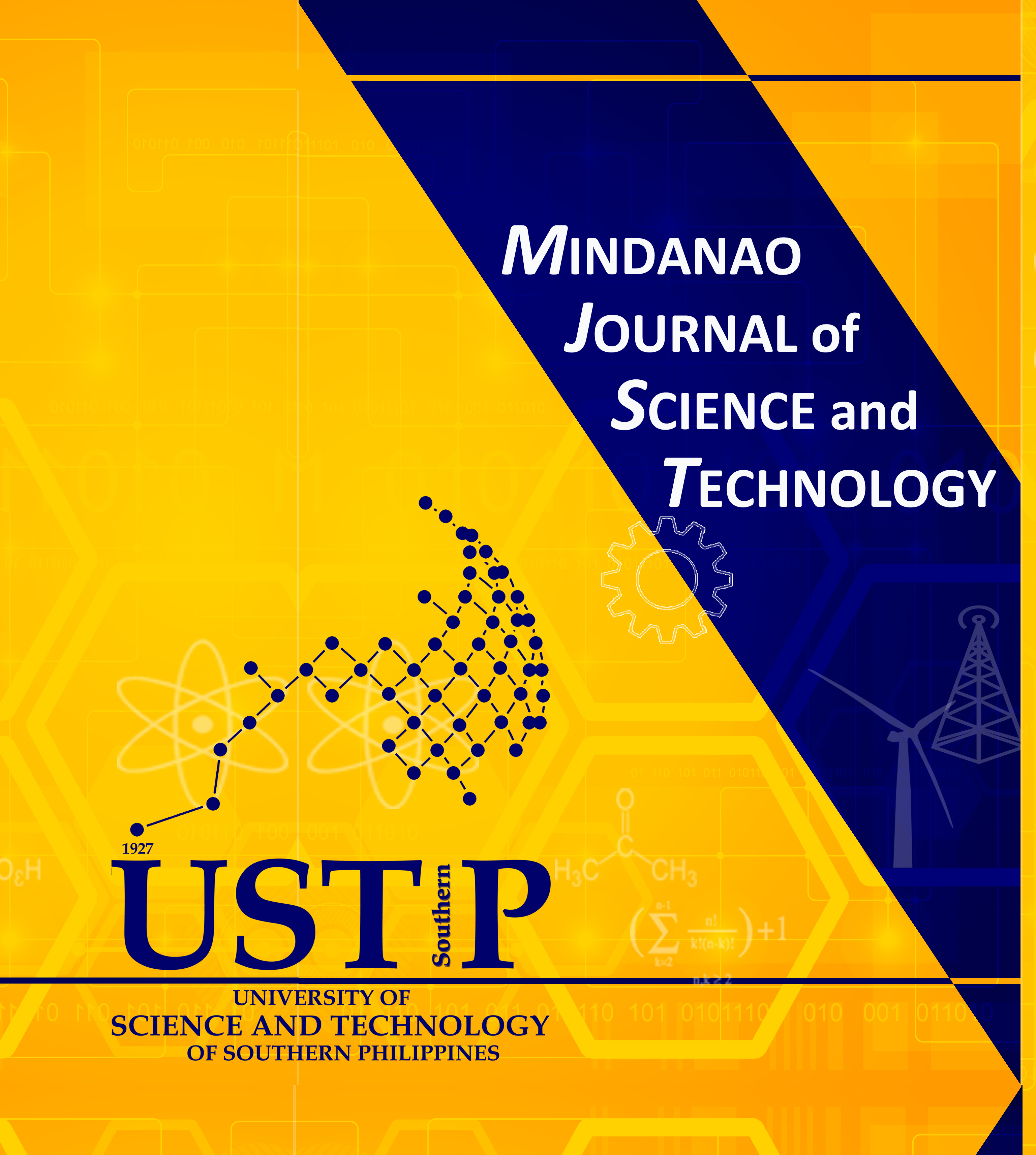Carbon Storage and Sequestration Potential of Urban Trees in Cebu City, Philippines
Keywords:
allometric equation, carbon stock, carbon sequestration, aboveground biomass, root biomassAbstract
This research was conducted as a baseline study to estimate carbon density and gross sequestration rate of trees in urban areas of Cebu City, Philippines. A total of 16 sampling plots with an area of 500 m2 were established in the north and south districts. All trees inside the plot were identified and measured. Tree biomass is the adjusted sum of aboveground biomass (AGB) using Chave’s improved allometric equation and root biomass as 0.26 ratio inferred from the AGB. Pearson's correlation was performed to examine the relationship between wood density, diameter at breast height (DBH), tree height, and tree biomass. Results showed that urban tree community had low diversity and dominated by Swietenia spp., Gmelina arborea, and Pterocarpus indicus Willd. (narra). Tree biomass density and stored carbon were 195.13 Mg/ha and 87.81 Mg C/ha, respectively, lower than in primary growth and secondary forest but relatively similar to other cities in the world. Tree biomass was significantly correlated (r=0.84; p value=0.00) with DBH and (r=0.54; p value=0.00) with height but not with wood density. Gross carbon sequestration was at 9.45 Mg C/ha/yr. Using this value, it is projected that the trees at the vegetated urban areas of Cebu City can sequester approximately 14,807 Mg of carbon annually, which may be very low compared to the carbon emission of the city. Aside from source reduction and offsite carbon sequestration, it is suggested that native species such as P. indicus Willd. be given priority for the greening of Cebu City.










